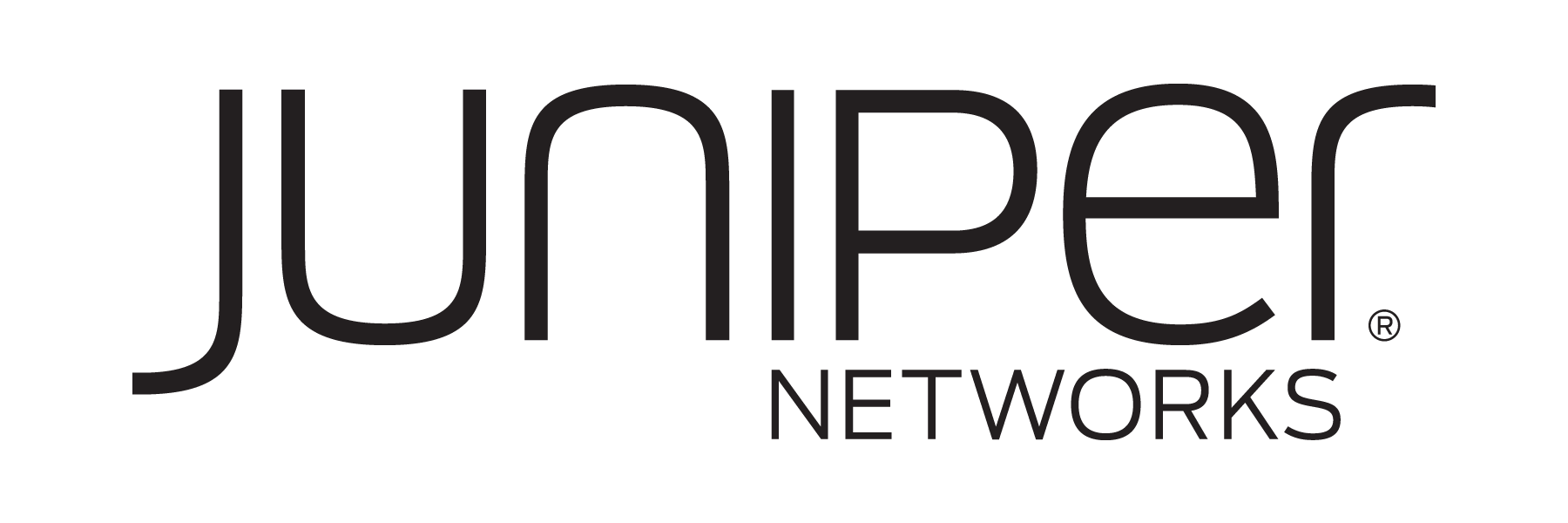
Provided by Juniper Networks
The global healthcare industry faces ongoing challenges, ranging from workforce shortages to cybersecurity threats. To respond to those issues, healthcare leaders are investing in innovative digital technologies like artificial intelligence (AI) to drive efficiencies, increase productivity and support patient engagement.1 Yet, doing so requires that hospitals and health systems have a network that can support those data-hungry solutions, according to Bob Friday, Chief AI Officer at Juniper Networks. Friday is recognized as one of the “godfathers” of Wi-Fi and is the co-founder of Mist, the company that built Mist, Juniper’s AI-native networking platform.
“Everything is moving to some sort of cloud application these days,” Friday explained. “Whether it’s supporting AI note-taking for doctors or keeping track of Internet of Things (IoT) devices, you need to be able to monitor what’s happening. That is what will allow everyone to maintain a secure connection as they use important applications. It will also ensure data is moving where it needs to go to support those applications.”
Keeping data flowing across the network
Technologies like AI, predictive analytics and real-time operability offer great promise in enhancing operational and clinical workflows. But many healthcare organizations struggle to fully leverage and scale these solutions because of outdated network infrastructure.
“To make these kinds of solutions work the way you want them to, you need to find a way to ensure the right data is not only getting to the cloud, but that the data is in a form that you can do math on. That’s what gets you the kind of AI-driven insights to help improve operations,” said Friday.
Traditionally, IT networking staff were responsible for simply managing network operations. Now, Friday said, they need to be able to manage client-to-cloud to provide vital applications, including AI-powered technologies, with the data they need, as well as to keep them up and running. “To start relying on these next-generation tools, you need to be able to automate what network professionals do on a daily basis,” he said.
Providing a critical foundation for success
AI-native networking technology — networking systems built for AI and by AI — can effectively and efficiently provide that automation. “AI can’t be an afterthought when you want to keep business-critical applications securely connected to the internet,” Friday said.
“Without AI-native networking technology, most IT teams are always in reaction mode, dealing with the latest crisis,” he said. “But once you move to an AI-native networking platform, you can automate key tasks. You can deploy and scale the technologies you need. You can more easily keep up with potential security threats. And you can move out of reactive mode so you can focus on other tasks in a proactive way.”
AI-native networking technology provides a strong backbone to help hospitals and health systems streamline care delivery, meet patient expectations and reduce vulnerability to cybersecurity threats.
“Without AI-native networking, you won’t be able to make sure information is flowing where it needs to be in order for these new applications to be useful,” Friday noted. “It’s what will allow you to manage network operations so you can optimize where you need to.”
Reference
- Siegel, S. January 29, 2025. 2025 global health care outlook. Deloitte Insights. https://www2.deloitte.com/us/en/insights/industry/health-care/life-sciences-and-health-care-industry-outlooks/2025-global-health-care-executive-outlook.html.





